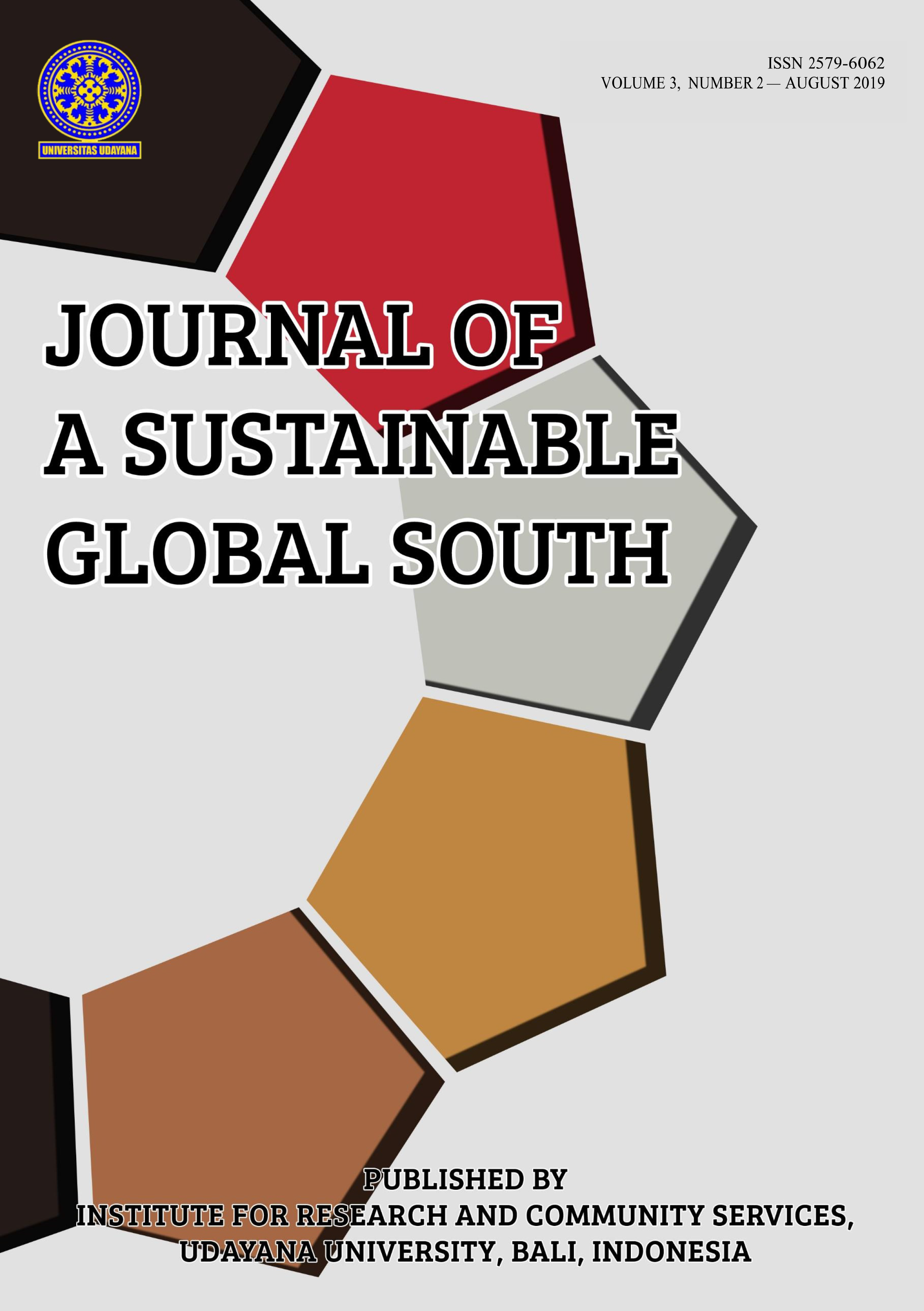The Transformation of Vernacular Architecture in Indonesia in Relation to Colonisation By the Dutch
August 2019
Abstract
During my semester abroad at the Udayana University in Denpasar, Bali, I increasingly felt the need to deal with the culture, lifestyle and way of life of Indonesians, among other things with regard to their housing situation. During my studies at the university I realized that the colonization of the Dutch had an influence on the life of the locals and I asked myself to what extent the colonization had an influence on the architecture. In class I learned a lot about traditional buildings in Indonesia, during an excursion to Taman Nusa, an Indonesian Culture Park, I was able to examine them personally and draw comparisons. In everyday life, however, I have seen very little of such architecture in and around Denpasar and therefore wanted to gain an understanding of its development. In order to be able to deal with the topic, I first of all dealt with what transformation means to me, especially in relation to architecture. I also dealt with colonization and its temporal implications for Indonesia. It was important for me to find out what influence the Dutch had on Indonesian lifestyles during the years of upheaval and what changes there were in architecture as a result. In conclusion, the results were that the influence on architecture might not necessarily be a transformation, but that architecture was replaced by Western structures and then further developed to adapt it to the circumstances. This results in a new understanding for the current architecture in cities and also for the fact that vernacular architecture is not to be found in these.
Index Terms— Colonisation, Replace, Transformation, Vernacular Architecture










(1).png)


